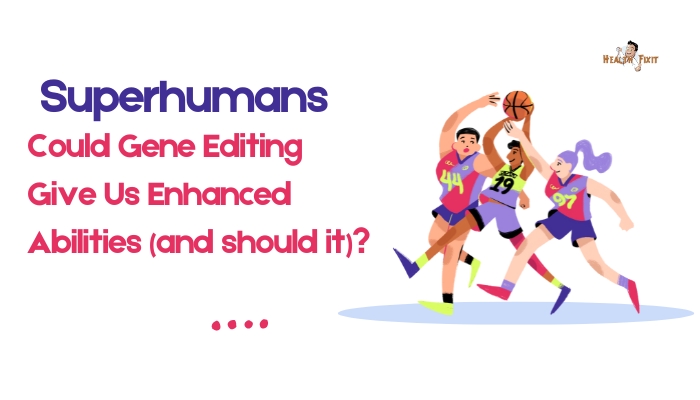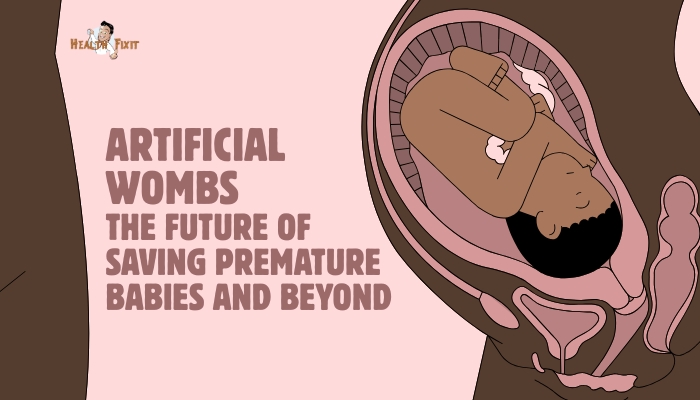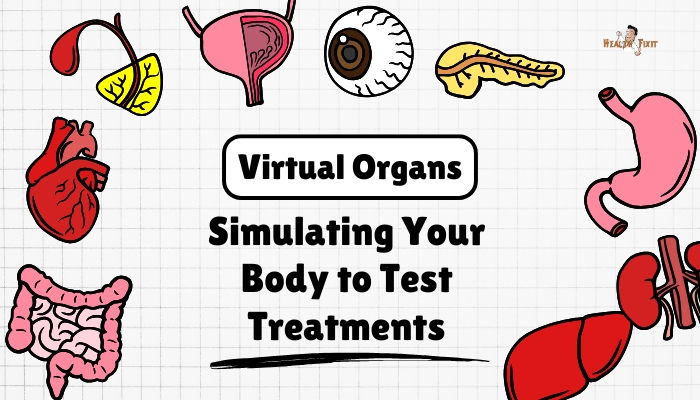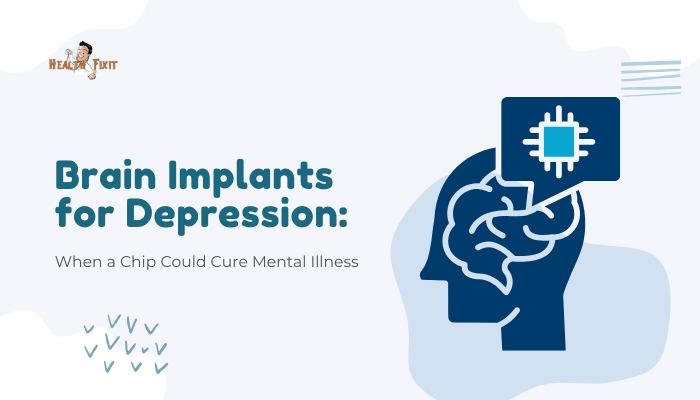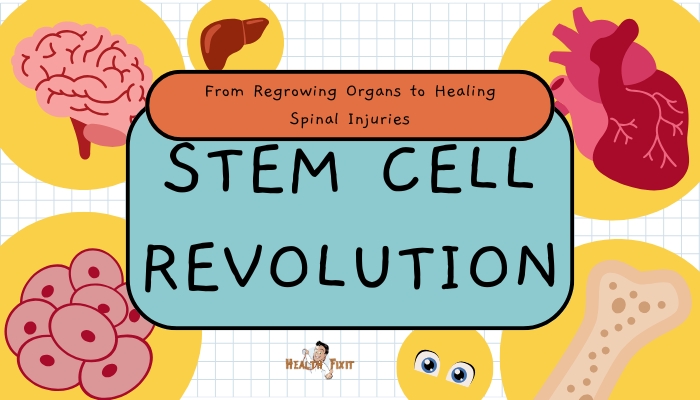Introduction
From mythological demigods to modern superhero fiction, humans have long fantasized about extraordinary strength, agility,
or intelligence. Now, gene editing tools—most notably CRISPR-Cas9—raise the possibility of actually engineering such traits.
Could we someday tweak our DNA to run faster, see in infrared, or memorize entire books? While the science of “enhancement” remains early,
the debate is fiery: is it ethically right to seek “superhuman” abilities? And if so, who decides which traits are permissible? This article surveys the frontiers of genetic enhancement, the plausible biology behind it,
and the vast moral, social, and regulatory questions that come with rewriting our species’ blueprint.
Gene Editing as a Path to Enhancement
CRISPR’s Potential
CRISPR (Clustered Regularly Interspaced Short Palindromic Repeats) allows precise cuts and edits to DNA,
making it far more efficient than older genetic engineering methods. Scientists already use it to fix disease-causing mutations in animals
, and early human trials tackle serious genetic disorders. The same technology might alter “normal” genes for above-average abilities—like muscle growth or memory.
Targets for Enhancement
- Muscular Strength: Myostatin gene editing (like in some “double-muscle” animals) could produce stronger muscles.
- Endurance: Genes controlling oxygen capacity or red blood cell count might replicate “elite athlete” physiology.
- Cognitive Functions: Theoretically, modulating certain neuronal or synaptic genes could affect memory or learning capacity, though neuroscience remains too incomplete for guaranteed safe results.
Germline vs. Somatic Edits
Enhancements could be done on somatic cells (affecting only the individual, not passed to offspring) or germline cells (making heritable changes). The latter is more controversial, as it shapes the genetic legacy of future generations.
Ethical and Societal Implications
Equity and Access
If “designer enhancements” become feasible, they might be expensive, benefiting only the wealthy—magnifying social inequality.
In turn, this could create a genetic “upper class” with distinct advantages. Debates revolve around how to ensure equitable access or whether enhancements should remain banned or heavily regulated.
Redefining “Normal”
What does “normal” mean when many can artificially surpass average parameters? Overemphasis on “superior” traits could stigmatize those who don’t or can’t choose enhancements, potentially undermining diversity and acceptance of natural variance.
Genetic Determinism Worries
Enhancements might overshadow environment or personal effort. If advanced athletic or cognitive abilities come from gene edits, do we diminish the role of practice or perseverance? Some fear genetic determinism could overshadow the uniqueness of personal development.
Scientific Obstacles and Safety
Complexity of Traits
Enhanced intelligence or extreme endurance often involve dozens or hundreds of genes interacting with environmental factors. Single-gene tweaks rarely yield consistent, predictable enhancements for complex traits.
Off-Target Effects
CRISPR can inadvertently edit unintended genomic sites. For a simple disease fix, thorough screening helps, but for large-scale trait modifications
, the risk of negative side effects (like cancer or organ malfunction) climbs. Ensuring the safety of broad genetic modifications is daunting.
Long-Term Unknowns
Changes introduced to the germline will pass down generations. Potential unforeseen complications might emerge decades later,
such as predisposition to new diseases or synergy with environmental factors. Our short experience with gene editing so far can’t predict every scenario.
Possible Approaches to Enhancement
Gene Therapy in Adults
Focus on somatic modifications—like editing muscle-related genes for enhanced strength—applied to consenting adults. This route avoids altering future offspring, but raises doping-like issues in sports. It might be legalized for medical reasons (e.g., muscle-wasting conditions) and shift to borderline enhancements.
Designer Embryos
Pre-implantation genetic testing (PGT) and CRISPR combined might pick or edit embryos for “desired” traits. This stirs the strongest ethical outcry and is heavily restricted in most jurisdictions. Some see it as an unstoppable future, others as a line not to cross.
Biological “Add-Ons”
Less invasive methods might deliver synthetic chromosomes or advanced “gene doping” agents short-term—like doping in sports, but with advanced gene therapy. The ephemeral approach might reduce permanent changes but also raise usage and safety complexities.
The Future Landscape
Strict Regulation vs. Tech Momentum
Some nations could enforce bans on genetic enhancement, while others might allow controlled research or limited clinical use. The balance between scientific curiosity, commercial potential, and ethical caution will shape how quickly “superhuman” technology emerges.
Evolving Public Attitudes
Initially, society might accept medical uses (like preventing severe disabilities). Over time, definitions of “disability” or “suboptimal traits” might expand, normalizing certain enhancements. Social acceptance could shift once safe and proven, but not without heated debate.
Realistic Timelines
Given the complexity, widespread “superhuman” enhancements by CRISPR remain decades away—if they come at all.
More immediate outcomes might be partial improvements for muscle disease patients, or small cognitive benefits gleaned from gene-based therapies.
Full-blown “superhuman” transformations are likely quite distant.
Advice for Patients and the Public
- Understand the Risks: Genetic editing is not a trivial procedure; weigh potential benefits against uncertain long-term side effects.
- Stay Informed: Follow credible scientific developments, avoiding hype from unscrupulous clinics promising advanced enhancements prematurely.
- Ethical Engagement: Participate in public forums, talk to policymakers, express perspectives on how or if society should adopt human enhancement.
- Focus on Health: The line between medical necessity and enhancement can blur. Each approach might require a robust medical consensus on safe usage or guidelines.
Conclusion
Gene editing stands on the cusp of unprecedented power to alter human biology. While curing diseases is widely embraced,
the potential to push beyond “normal”—to boost strength, intelligence, or other traits—sparks profound debates about equity,
identity, and what it means to be human. Though the concept of “superhumans” might evoke both excitement and unease,
the road to wide-scale gene-based enhancement is neither straightforward nor guaranteed. Technology, ethics, and regulation must co-evolve to ensure any pursuit of genetically enhanced capabilities remains safe,
equitable, and reflective of shared social values. Whether we eventually embrace or restrain the path to superhumans
, the conversation is already reshaping modern genetic science and our vision of humanity’s future.
References
- Regalado A. The worldwide war on baby editing. MIT Technol Rev. 2019.
- National Academies of Sciences, Engineering, and Medicine. Human Genome Editing: Science, Ethics, and Governance. National Academies Press; 2017.
- Ishii T. Germline genome-editing human embryo research: ethical and legal implications. Trends Mol Med. 2017;23(2):111–120.
- Hsu PD, Lander ES, Zhang F. Development and applications of CRISPR-Cas9 for genome engineering. Cell. 2014;157(6):1262–1278.
- Niiler E. Gene doping is the next threat to Olympics? Scientists prepare. Nat Med. 2018;24(7):924.
- Morley KI, Hall WD. Possible genetic enhancements and social equity. J Med Ethics. 2004;30(5):512–516.
- DeWitt ND, Freedman AM. The ethics of embryo selection for enhancement. Clin Ethics. 2020;15(1):39–48.
- Jasanoff S, Hurlbut JB, Saha K. CRISPR democracy: gene editing and the need for inclusive deliberation. Issues Sci Technol. 2015;32(1):25–31.
- Shalem O, Sanjana NE, Zhang F. High-throughput functional genomics using CRISPR–Cas9. Nat Rev Genet. 2015;16(5):299–311.
- Florczak H, et al. CRISPR-based enhancements: bridging therapy and doping. Curr Opin Biotechnol. 2021;70:1–7.

